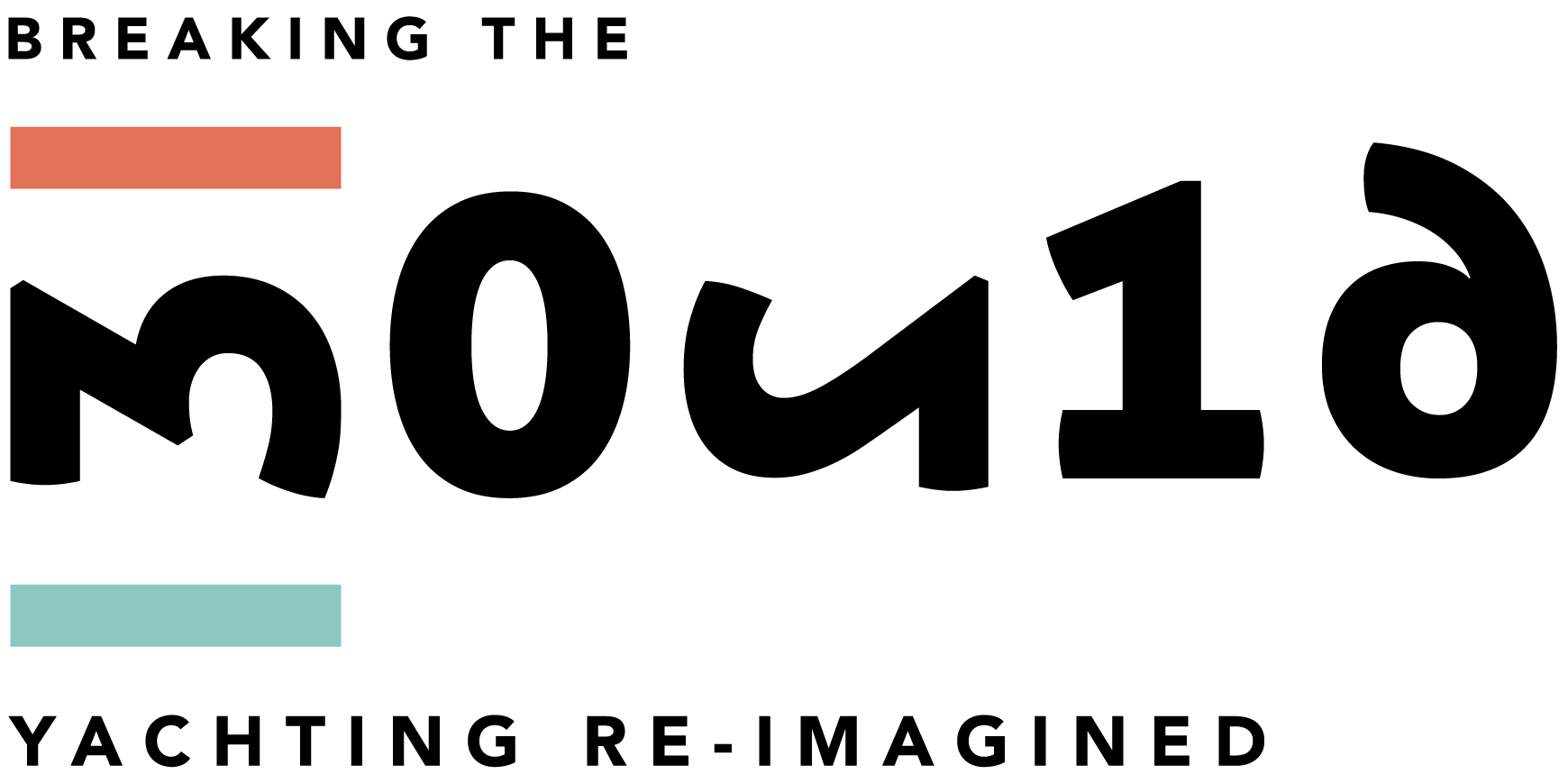A Guide to Annual Investment Allowance (AIA) in the UK
In today’s competitive business world, having access to tax relief schemes that encourage investment in growth is crucial. The UK government’s Annual Investment Allowance (AIA) is one such scheme designed to help businesses offset the costs of purchasing qualifying assets. Whether you're a small business owner or running a larger enterprise, understanding how AIA works can save your company significant sums on its tax bill. In this blog, we’ll dive deep into what AIA is, how it works, who can claim it, and how you can make the most of this valuable incentive.
What is an Annual Investment Allowance (AIA)?
The Annual Investment Allowance (AIA) is a tax relief that allows businesses to claim 100% of the cost of qualifying capital expenditure in the year of purchase, up to a set limit. Essentially, it provides a tax deduction for businesses purchasing assets that are used for their trade, such as machinery, equipment, and certain types of vehicles.
The AIA applies to expenditure on capital assets that are used for business purposes, such as machinery, computers, and other equipment. It can be claimed for both new and second-hand items as long as they are not excluded from the scheme.
How Does AIA Work?
AIA is straightforward – it provides a way for businesses to deduct the full cost of qualifying capital expenditure in the year it’s purchased, rather than having to spread the deduction over multiple years. For example, if a business spends £50,000 on new equipment, it can claim the full £50,000 deduction against its taxable profits in the same financial year.
Key Features of AIA:
- 100% Deduction: You can deduct the full cost of qualifying assets from your profits, helping to lower your tax liability.
- Annual Limit: The AIA has a specific annual limit, which can change. For example, the limit was £1,000,000 for the 2023/24 tax year. This means businesses can claim up to this amount per year. However, it's important to note that this limit can change based on government policy, so it’s worth keeping track of any updates.
- Applies to Qualifying Assets: The AIA applies to most tangible assets used for business purposes. These assets must be owned by the business and used for its operations.
- Immediate Tax Relief: Unlike other capital allowances, AIA offers immediate relief. This is especially beneficial for businesses that are looking to reduce their tax bill in the year of investment.
What Qualifies for AIA?
The following types of assets generally qualify for AIA:
- Machinery and Equipment: This includes machinery, tools, and equipment used in the production or delivery of goods and services.
- Office Furniture: Desks, chairs, and office systems used in your day-to-day operations.
- Computers and IT Equipment: Laptops, servers, and other IT hardware used for business purposes.
- Commercial Vehicles: Some types of commercial vehicles may be eligible for AIA, such as vans and lorries that are used primarily for business purposes.
- Integral Features of Buildings: Certain features like electrical systems, heating systems, and air conditioning that are used for business purposes may also qualify.
Not Eligible for AIA:
Some items are not eligible for AIA, including:
- Cars: Passenger cars do not qualify for AIA, though they can still qualify for other types of capital allowances (like the Writing Down Allowance or First Year Allowance).
- Land and Buildings: While integral features of buildings can qualify, the purchase cost of the land or the building itself is excluded.
- Assets Used for Personal Use: If an asset is used for both business and personal purposes, only the portion used for business may be eligible for AIA.
AIA Limit and Changes Over Time
The AIA limit has changed multiple times over the years. For example, in 2023/24, the limit was set at £1 million. However, this limit could be reduced, so it’s essential to stay up-to-date with current rules to avoid missing out.
Example of the AIA Limit in Practice:
If a business purchases £1.2 million worth of eligible assets in a given tax year, it can claim the full AIA of £1 million in tax relief, but the remaining £200,000 will be subject to the normal capital allowances rules, potentially with a Writing Down Allowance over several years.
The government has temporarily increased the AIA limit on certain occasions to stimulate investment in businesses. It’s important to monitor the Chancellor's Budget Announcements each year to see if any changes are proposed.
Who Can Claim AIA?
AIA is available to most businesses that are subject to UK Corporation Tax or Income Tax, including:
- Limited Companies: This includes small businesses, medium-sized enterprises, and large corporations.
- Sole Traders and Partnerships: If you are a sole trader or part of a partnership, you can claim AIA on qualifying assets.
- Non-profit Organizations: If they’re carrying on a trade, they may also be eligible for AIA.
In essence, if you are running a business and incur costs on qualifying assets for business purposes, you are likely eligible to claim AIA.
How to Claim AIA
Claiming AIA is relatively simple. Here’s a step-by-step breakdown of the process:
- Check Eligibility: Confirm that the assets you're purchasing qualify for AIA (i.e., they are used for business purposes).
- Keep Accurate Records: Make sure you keep detailed records of the assets purchased, including invoices and receipts. It’s important to keep track of the total amount spent on qualifying assets to ensure you do not exceed the AIA limit.
- Submit a Tax Return: When filing your Corporation Tax return or Self-Assessment (if you're a sole trader), include the claim for AIA in the section that relates to capital allowances. This will reduce your taxable profits and therefore your tax liability.
- Handle the AIA Limit: If your capital expenditure exceeds the AIA limit in a given year, the remaining expenditure may be eligible for normal capital allowances, such as the Writing Down Allowance.
It’s also worth noting that if you claim AIA, you cannot claim other capital allowances (e.g., First Year Allowances) on the same assets.
Benefits of Claiming AIA
Claiming AIA has several advantages for businesses:
- Instant Tax Relief: You receive immediate tax relief on your capital investments in the same tax year, which can improve your cash flow.
- Encourages Investment: AIA incentivizes businesses to invest in assets that can enhance productivity and efficiency, benefiting both short-term and long-term growth.
- Simplicity: AIA is one of the simplest tax reliefs to claim, with minimal paperwork required.
Common Mistakes to Avoid
When claiming AIA, it’s important to avoid common pitfalls, including:
- Exceeding the AIA Limit: Keep track of your capital expenditure to ensure you do not exceed the £1 million limit (or any future limit) in the tax year.
- Not Including All Qualifying Assets: Ensure you claim all the eligible assets purchased during the year.
- Misclassifying Assets: Some assets may not qualify for AIA, such as cars and land. Be sure to accurately identify qualifying assets.
- Overlooking the Timing of Purchases: AIA claims apply in the year the asset is purchased, so timing is crucial. Ensure that you make your claim in the appropriate period.
Conclusion
The Annual Investment Allowance (AIA) is a valuable tax relief scheme that allows businesses to invest in growth while reducing their tax liability. By claiming AIA on eligible capital assets, businesses can receive immediate tax relief, helping to improve cash flow and reduce costs. Whether you’re a small business or a large corporation, AIA is a great way to make your investments work harder for you.
As tax rules can change and AIA limits can fluctuate, it’s always wise to consult with a tax advisor to ensure you're getting the maximum benefit. If you’re unsure about the AIA or need assistance with making a claim, our team at Breaking the Mould Accounting is here to help!
Contact us today for expert advice on how to make the most of your capital investment and ensure your claims are accurate and timely.



%20(40).jpg)

.jpg)